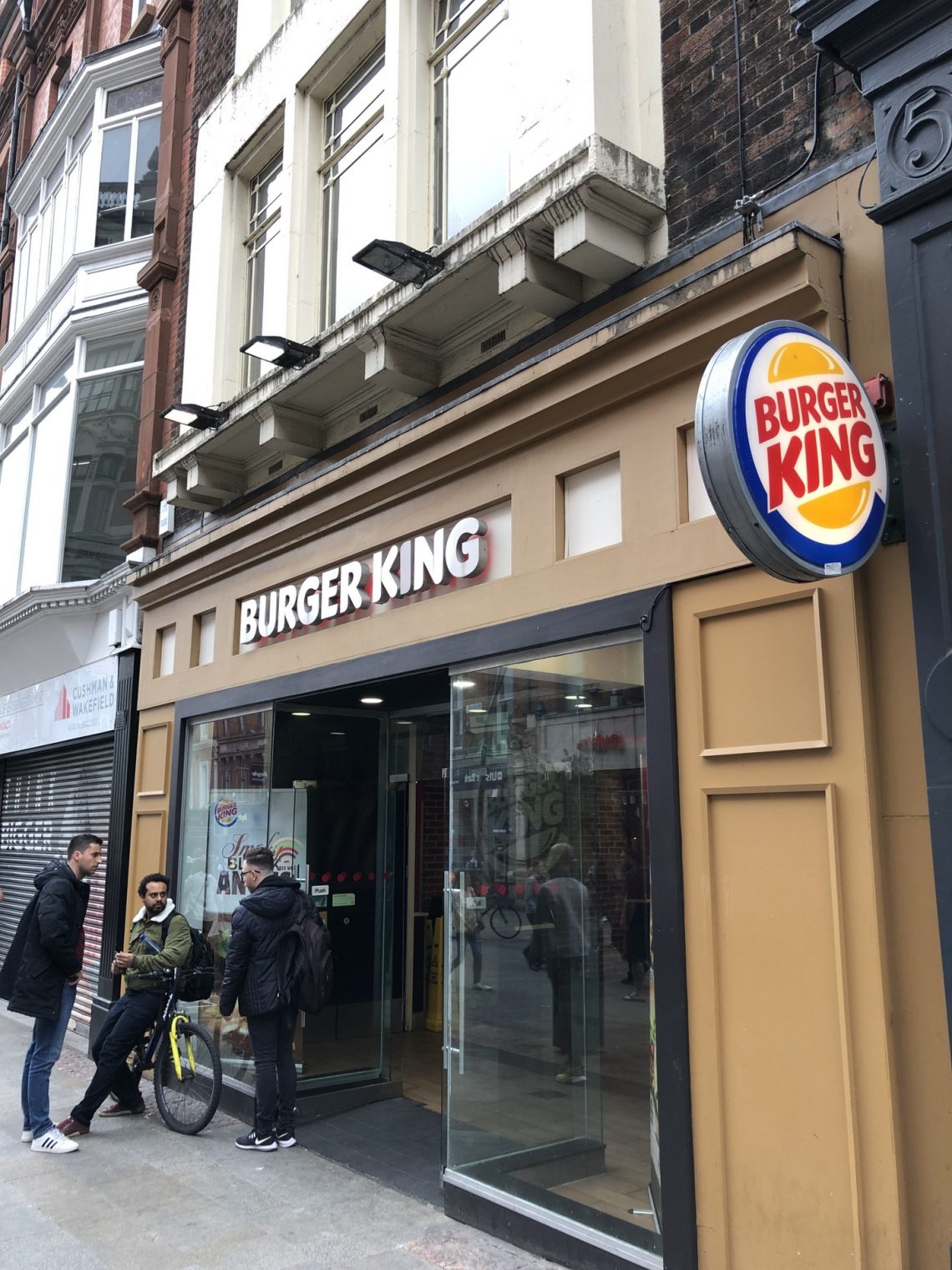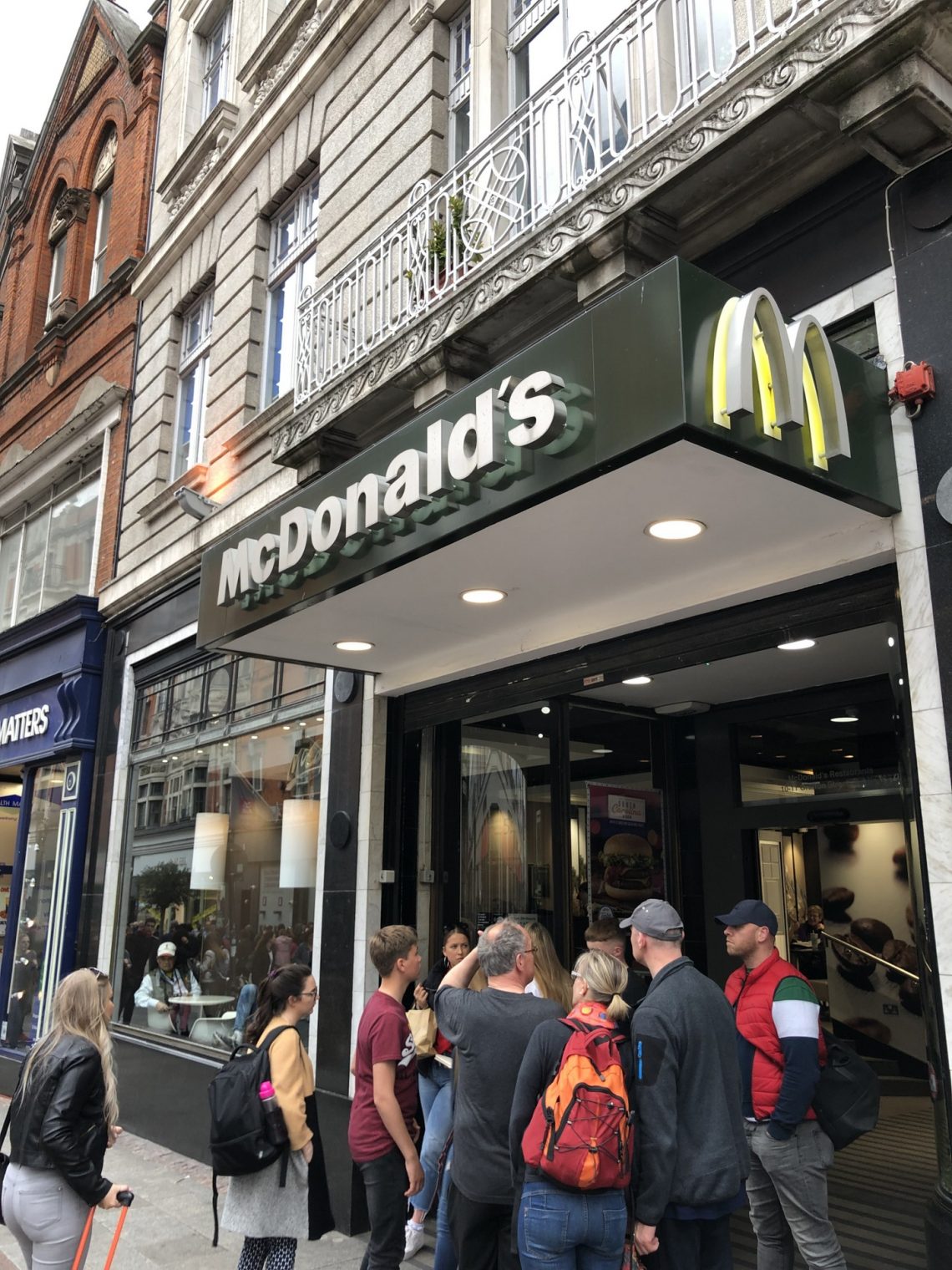Misbehaving: The Making of Behavioral Economics, by Richard Thaler, is an interesting history of this new-ish subfield from the inside. It also contains some potentially useful guidance for investors!
Thaler points out that the rational beings on which the theories of Econ 101 rest do not exist in the real world. None of us make rational purchase decisions, for example. Aggregating a huge group of irrational people does not make our decisions somehow more rational:
the premises on which economic theory rests are flawed. First, the optimization problems that ordinary people confront are often too hard for them to solve, or even come close to solving. Even a trip to a decent-sized grocery store offers a shopper millions of combinations of items that are within the family’s budget. Does the family really choose the best one? And, of course, we face many much harder problems than a trip to the store, such as choosing a career, mortgage, or spouse. Given the failure rates we observe in all of these domains, it would be hard to defend the view that all such choices are optimal.
The book contains a good introduction to all of the big issues in behavioral economics, e.g., that people are loss-averse and also that they demand fairness (which is why we must all vote a Warren-Sanders ticket for president!).
Perceptions of fairness also help explain a long-standing puzzle in economics: in recessions, why don’t wages fall enough to keep everyone employed? In a land of Econs, when the economy goes into a recession and firms face a drop in the demand for their goods and services, their first reaction would not be to simply lay off employees. The theory of equilibrium says that when the demand for something falls, in this case labor, prices should also fall enough for supply to equal demand. So we would expect to see that firms would reduce wages when the economy tanks, allowing them to also cut the price of their products and still make a profit. But this is not what we see: wages and salaries appear to be sticky. When a recession hits, either wages do not fall at all or they fall too little to keep everyone employed. Why? One partial explanation for this fact is that cutting wages makes workers so angry that firms find it better to keep pay levels fixed and just lay off surplus employees (who are then not around to complain). It turns out, however, that with the help of some inflation, it is possible to reduce “real” wages (that is, adjusted for inflation) with much less pushback from workers.
Speaking of fairness, note that Uber has eliminated its “surge pricing” annotation. When the price is higher than usual, customers see a higher quoted price, not a screaming “surge pricing” banner. Restaurants and theaters would rather have a long waiting list than charge a market-clearing price. A chef is quoted as saying that he didn’t want to charge so much that customers would leave feeling that they’d been overcharged.
Stock markets are irrational and predictably irrational as far as Thaler and colleagues are concerned. Companies shouldn’t pay taxable dividends, for example, when they can buy back shares and compensate investors with a higher stock price:
Shefrin and Statman’s answer relied on a combination of self-control and mental accounting. The notion was that some shareholders—retirees, for instance—like the idea of getting inflows that are mentally categorized as “income” so that they don’t feel bad spending that money to live on. In a rational world, this makes no sense. A retired Econ could buy shares in companies that do not pay dividends, sell off a portion of his stock holdings periodically, and live off of those proceeds while paying less in taxes. But there is a long-standing notion that it is prudent to spend the income and leave the principal alone, and this idea was particularly prevalent in the generation of retirees around in 1985, all of whom had lived through the Great Depression.*
Gambling on the ponies is irrational. Betting on the even-money favorite will return 90 cents on the dollar. Betting on the longshot will return 14 cents and the returns get worse at the end of the day. Surely professionals investors are not as dumb as folks who gamble at the track? Thaler summarizes research suggesting that investors are actually just as dumb!
Thaler says that the equity premium (excess returns of stocks compared to bonds) is higher than it should be, even after economists pointed out that the equity premium is too high. The idea that professional investors are irrational is an old one, going back at least to Keynes:
Keynes thought markets were more “efficient,” to use the modern word, in an earlier period at the beginning of the twentieth century when managers owned most of the shares in a company and knew what the company was worth. He believed that as shares became more widely dispersed, “the element of real knowledge in the valuation of investments by those who own them or contemplate purchasing them . . . seriously declined.” … Keynes was also skeptical that professional money managers would serve the role of the “smart money” that EMH defenders rely upon to keep markets efficient. Rather, he thought that the pros were more likely to ride a wave of irrational exuberance than to fight it. One reason is that it is risky to be a contrarian. “Worldly wisdom teaches that it is better for reputation to fail conventionally than to succeed unconventionally.”
The simple “value investing” idea put forward by Benjamin Graham, i.e., buy stocks with a low P/E ratio, continued to work 50 years after its conception:
It was not so much that anyone had refuted Graham’s claim that value investing worked; it was more that the efficient market theory of the 1970s said that value investing couldn’t work. But it did. Late that decade, accounting professor Sanjoy Basu published a thoroughly competent study of value investing that fully supported Graham’s strategy. However, in order to get such papers published at the time, one had to offer abject apologies for the results. Here is how Basu ended his paper: “In conclusion, the behavior of security prices over the fourteen-year period studied is, perhaps, not completely described by the efficient market hypothesis.”
Both the best companies and the worst tend to revert to the mean:
Finding evidence of mean reversion would constitute a clear violation of the EMH. So we decided to see if we could find that evidence. Our study was simple. We would take all the stocks listed on the New York Stock Exchange (which, at that time, had nearly all of the largest companies) and rank their performance over some time period long enough to allow investors to get overly optimistic or pessimistic about some company, say three to five years. We would call the best performing stocks “Winners” and the worst performers “Losers.” Then we would take a group of the biggest Winners and Losers (say the most extreme thirty-five stocks) and compare their performance going forward. If markets were efficient, we should expect the two portfolios to do equally well. After all, according to the EMH, the past cannot predict the future. But if our overreaction hypothesis were correct, Losers would outperform Winners. Such a finding would accomplish two things. First, we would have used psychology to predict a new anomaly. Second, we would be offering support for what we called “generalized overreaction.” Unlike the Kahneman and Tversky experiment in which subjects were overreacting to measures of sense of humor when predicting GPA, we were not specifying what investors were overreacting to. We were just assuming that by driving the price of some stock up or down enough to make it one of the biggest winners or losers over a period of several years, investors were likely to be overreacting to something. The results strongly supported our hypothesis. We tested for overreaction in various ways, but as long as the period we looked back at to create the portfolios was long enough, say three years, then the Loser portfolio did better than the Winner portfolio. Much better. For example, in one test we used five years of performance to form the Winner and Loser portfolios and then calculated the returns of each portfolio over the following five years, compared to the overall market. Over the five-year period after we formed our portfolios, the Losers outperformed the market by about 30% while the Winners did worse than the market by about 10%.
Can the non-behavioral economists fix this? No! says Thaler.
The efficient market hypothesis could be reconciled with our results if the Loser stocks had high betas and thus were risky according to the CAPM, and the Winner stocks had low betas, meaning they were less risky. … By whatever measure one used, “value stocks” outperformed “growth stocks,” and to the consternation of EMH advocates, the value stocks were also less risky, as measured by beta.
The practical advice from the book is to buy value stocks and small cap stocks. A portfolio of “blue chip” large cap stocks would be almost certain to underperform in the long run (see GE!).
Can we get good advice for day-to-day trades from economists? Nobel laureate Paul Krugman predicted a dramatic and persistent stock market depression after the Trumpenfuhrer was sent to the Reichstag in November 2016. Nobel laureate Bob Shiller predicted a stock market crash in 1996, according to Thaler. The S&P 500 was 1,050 when they sounded the doom horn. The stock market did crash starting in 2000. It fell from 2,100… to about 1,150. In other words, if you’d gone short in 1996 and then perfectly timed the bottom of the stock market in 2002 you still would have lost money (plus another 3 percent per year in dividends that you’d have had to pay out). Thaler credits Shiller with prescience and says he was too early, but does not point out that Shiller was actually wrong based on the numbers.
Real estate seems to be one of the most irrational of all markets.
My conclusion: the price is often wrong, and sometimes very wrong. Furthermore, when prices diverge from fundamental value by such wide margins, the misallocation of resources can be quite big. For example, in the United States, where home prices were rising at a national level, some regions experienced especially rapid price increases and historically high price-to-rental ratios. Had both homeowners and lenders been Econs, they would have noticed these warning signals and realized that a fall in home prices was becoming increasingly likely. Instead, surveys by Shiller showed that these were the regions in which expectations about the future appreciation of home prices were the most optimistic. Instead of expecting mean reversion, people were acting as if what goes up must go up even more. Moreover, rational lenders would have made the requirements for getting a mortgage stricter under such circumstances, but just the opposite happened. Mortgages were offered with little or no down payment required, and scant attention was paid to the creditworthiness of the borrowers. These “liar loans” fueled the booms, and policy-makers took no action to intervene.
In other words, it seems likely that the short trade that made John Paulson a multi-billionaire will work during the next bubble.
A fun corner of the book is a discussion of office allocation in a new building for the economists at University of Chicago:
Two other rules of interest: offices could not be traded and, after one senior faculty member inquired, the deans emphatically ruled out the possibility of buying an earlier draft pick from a colleague. This ruling, and the fact that the school decided not to simply auction off the draft picks, reveals that even at the University of Chicago Booth School of Business—where many favor an open market in babies and organs—some objects are simply too sacred to sell in the marketplace: faculty
Full post, including comments 




